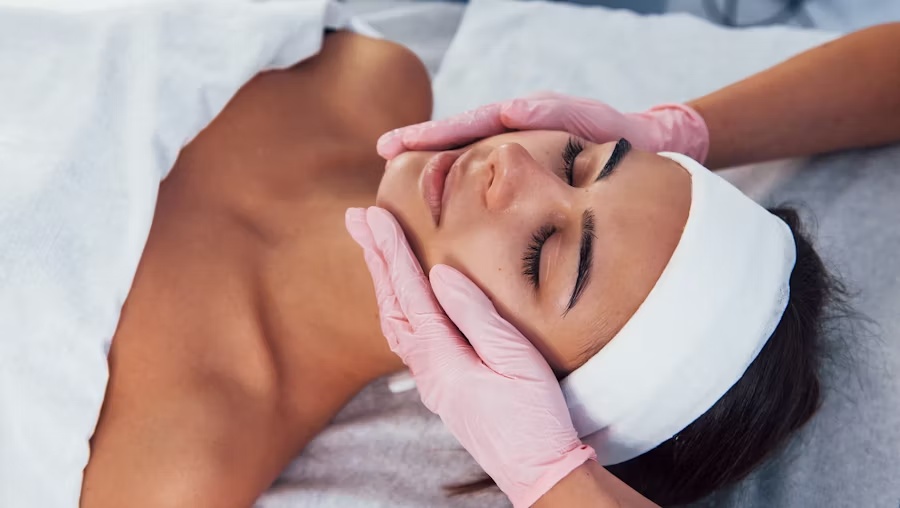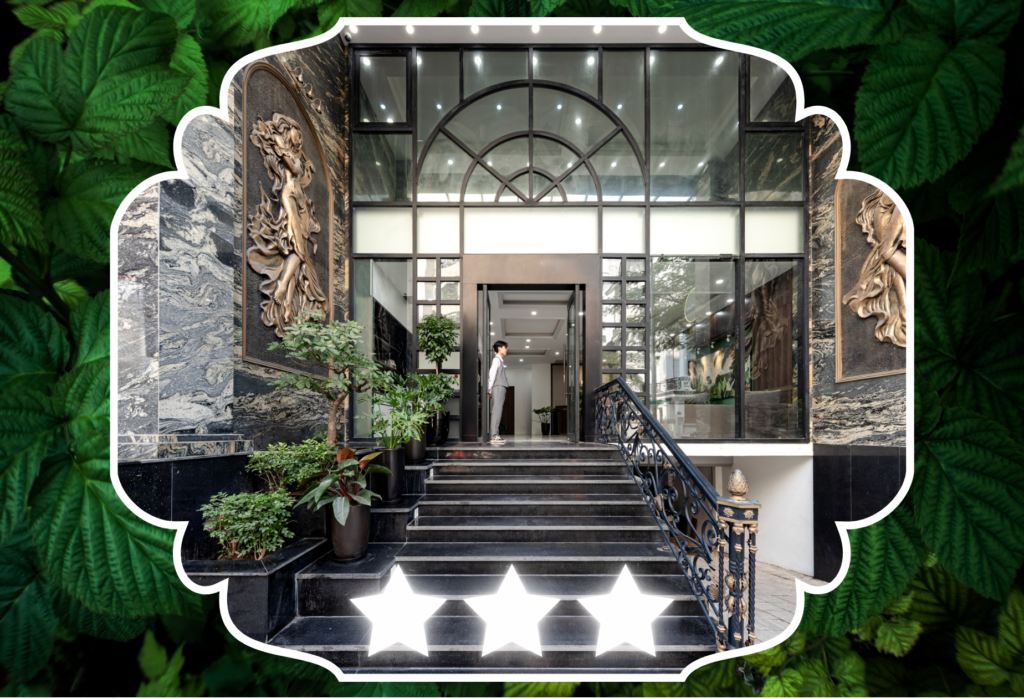BHA peels have gained immense popularity in the skincare world for their deep exfoliating power and acne-fighting abilities. BHA, or Beta Hydroxy Acid, is an oil-soluble acid most commonly represented by salicylic acid. If you’re struggling with blackheads, clogged pores, or oily skin, BHA peels could be your skincare superhero. Let’s dive into the 7 most important things you should know about BHA peels.
What is BHA and How Does it Work?
BHA stands for Beta Hydroxy Acid, a class of exfoliants that penetrate deep into the pores due to their oil-soluble nature. Unlike AHAs (Alpha Hydroxy Acids) that work on the skin’s surface, BHAs go beneath the skin to dissolve excess sebum and unclog pores. Salicylic acid is the most well-known BHA, derived from willow bark.
Why Beta Hydroxy Acid Peels Are Perfect for Oily and Acne-Prone Skin
If you deal with excessive oiliness, breakouts, or stubborn blackheads, Beta Hydroxy Acid peels are your best bet. Thanks to their ability to clean out congested pores and reduce inflammation, they’re a go-to treatment for acne. BHA also has antibacterial and anti-inflammatory properties, making it suitable for inflamed or sensitive acne.

Benefits Beyond Acne: Pigmentation & Texture Improvement
While Beta Hydroxy Acid are famed for treating acne, they do so much more. With regular use, BHA peels can improve the appearance of:
Enlarged pores
Uneven skin texture
Dullness
Post-acne marks (post-inflammatory hyperpigmentation)
By encouraging cell turnover, these peels leave your skin smoother, clearer, and more radiant.
Ideal Peel Strength & pH Matters
The effectiveness of a Beta Hydroxy Acid peel depends on two things: concentration and pH. Most at-home peels range between 1–2% salicylic acid with a pH of 3–4. Professional peels may use higher concentrations for deeper results. A lower pH makes the acid more potent, but also increases the risk of irritation if not handled correctly. Always perform a patch test or consult a professional before using strong peels.

Pre and Post-Peel Protocols Are Crucial
Proper skin prep and aftercare are key to getting the best results from Beta Hydroxy Acid peels. Here’s what you need to know:
Before the peel:
1) Avoid retinoids or other exfoliants 3–5 days prior
2) Cleanse with a mild cleanser
3) Degrease the skin for better acid penetration
After the peel:
1) Avoid sun exposure for 48 hours
2) Use a calming moisturizer
3) Apply sunscreen religiously
4) Don’t pick or peel flaking skin
Following these steps reduces the chance of irritation and maximizes the results.
BHA Peels Are Not for Everyone
Although Beta Hydroxy Acid are powerful, they’re not suitable for everyone. Avoid Beta Hydroxy Acid peels if:
You’re allergic to aspirin (salicylic acid is a derivative)
Your skin is excessively dry or compromised
You’re pregnant (some sources recommend avoiding salicylic acid in high doses)
Always consult with a skincare professional if you’re unsure.
Consistency is Key for Long-Term Results
One peel won’t change your skin overnight. Beta peels work best when used regularly, typically every 1–2 weeks, depending on your skin’s tolerance and the strength of the peel. Over time, your skin will look smoother, clearer, and more refined. Remember, gentle and consistent use will bring lasting results without compromising the skin barrier.
Beta Hydroxy Acid peels are a game changer for those dealing with oily, acne-prone, or congested skin. By understanding their benefits, usage protocols, and precautions, you can safely incorporate Beta Hydroxy Acid into your skincare routine for powerful and visible results. Whether you’re a beauty enthusiast or a skincare professional, these peels offer a science-backed solution to many common skin woes.



